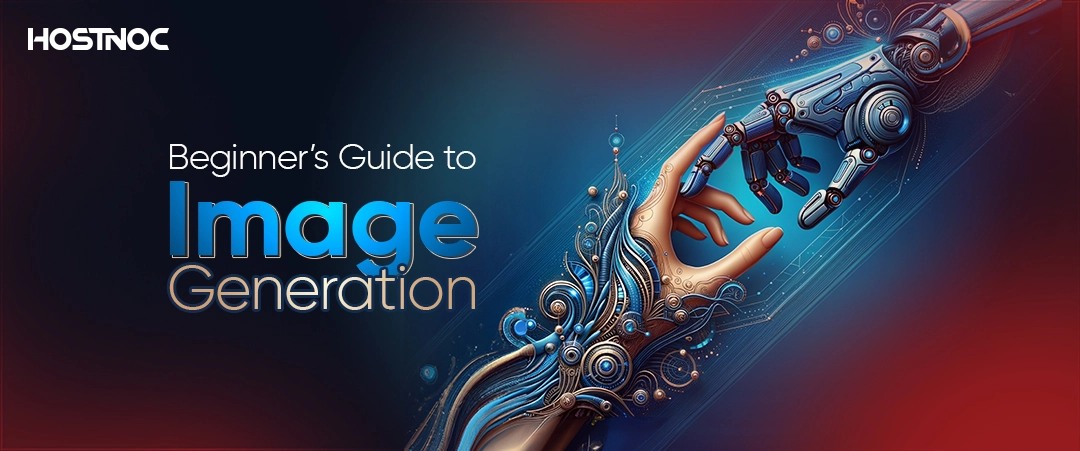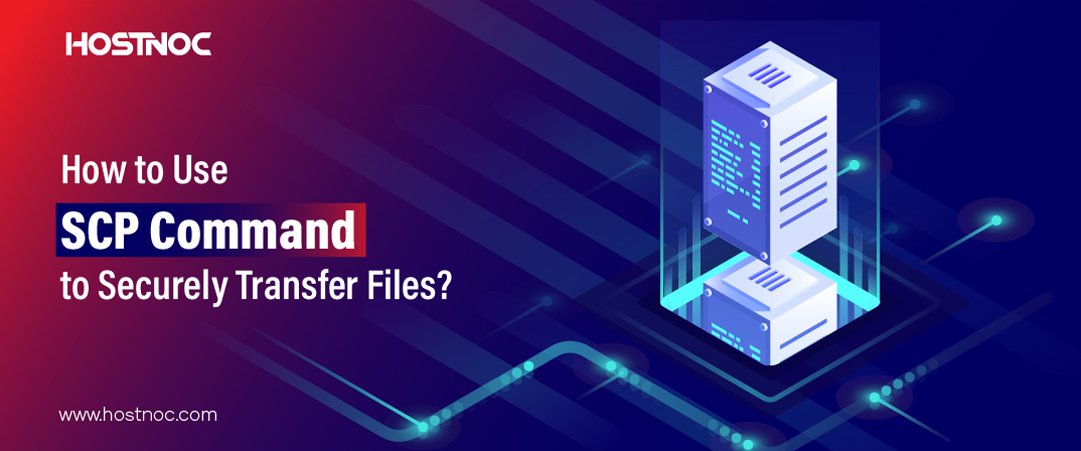Blogs

What is a Secure Web Gateway?
June 6, 2024![How To Install OpenSSL On Windows? [Complete 64-bit and 32-bit Guide] 4 How To Install OpenSSL On Windows](https://www.hostnoc.com/wp-content/uploads/2024/06/How-To-Install-OpenSSL-On-Windows-01.webp)
How To Install OpenSSL On Windows? [Complete 64-bit and 32-bit Guide]
June 24, 2024Beginner’s Guide to Image Generation
In the realm of artificial intelligence and deep learning, image generation has emerged as a fascinating and powerful application. From creating realistic faces to generating imaginative artworks, neural networks have become adept at producing images that captivate and astonish.
This beginner’s guide aims to demystify the process of image generation, providing insights into the underlying concepts and walking you through the steps of creating your own visually stunning content.
In the realm of artificial intelligence and deep learning, image generation has emerged as a fascinating and powerful application. From creating realistic faces to generating imaginative artworks, neural networks have become adept at producing images that captivate and astonish.
This beginner’s guide aims to demystify the process of image generation, providing insights into the underlying concepts and guiding you through the steps to create your own visually stunning content.
Beginner’s Guide to Image Generation
What is Image Generation?
Image generation involves the use of neural networks to produce images that exhibit certain characteristics similar to those of a given dataset. The most common approach is through the use of Generative Adversarial Networks (GANs) or Variational Autoencoders (VAEs).
Generative Adversarial Networks (GANs)
Generative Adversarial Networks are a groundbreaking architecture introduced by Ian Goodfellow and his colleagues in 2014. A Generative Adversarial Network consists of two neural networks – a generator and a discriminator – engaged in a game-like scenario. The generator creates fake images, aiming to fool the discriminator into mistaking them for real ones. Meanwhile, the discriminator’s task is to become increasingly adept at distinguishing between real and generated images.
Read more: 10 Ways in Which Web Hosting Is Transforming E-Commerce?
The adversarial training between the generator and discriminator results in the generator improving its ability to produce realistic images over time. Generative Adversarial Networks have been remarkably successful in various image generation tasks, from generating lifelike faces to creating novel artworks.
Variational Autoencoders (VAEs)
In contrast to generative adversarial networks, Variational autoencoders operate on a different principle. Variational autoencoders are built upon an encoder-decoder architecture, where the encoder maps input images into a latent space, and the decoder reconstructs images from this latent space. Variational autoencoders are particularly known for their ability to generate diverse and coherent images.
Step-by-Step Guide for Image Generation
1. Data Collection and Preprocessing
The journey of image generation begins with a diverse and well-prepared dataset. Depending on the desired output, the dataset may include faces, landscapes, or any other category of images. Ensuring the dataset is representative and contains a variety of features is crucial for the model to learn effectively. Data preprocessing involves tasks like normalization and resizing. This step ensures that the images are in a standardized format, making it easier for the neural network to learn patterns and generate high-quality outputs. For gathering additional images from external sources, a reliable scraping alternative can be used to expand the dataset efficiently.
2. Choosing the Right Model Architecture
The choice of model architecture depends on the nature of the image generation task. Generative adversarial networks and variational autoencoders are popular choices, each with its strengths. Generative adversarial networks excel in producing realistic images, while Variational autoencoders are known for their ability to generate diverse and structured outputs.
Read more: Top 7 Key Differences Between Primary and Additional Domain
Choosing between these architectures should align with the specific goals of your project. For beginners, experimenting with both Generative adversarial networks and Variational autoencoders can provide valuable insights into their respective capabilities.
3. Training the Model
Training a neural network for image generation involves exposing it to the dataset and iteratively adjusting its parameters to minimize the difference between the generated and real images. Generative adversarial networks involve a delicate balance between the generator and discriminator, while variational autoencoders focus on optimizing the encoder-decoder relationship. During training, it’s crucial to monitor key metrics such as loss function values and visual outputs. An increase in the quality and diversity of generated images indicates the model’s improvement.
4. Hyperparameter Tuning
Fine-tuning hyperparameters is an essential step in achieving optimal results. Parameters such as learning rates, batch sizes, and latent space dimensions significantly influence the performance of the model. Experimenting with different values and observing the impact on the generated images allows you to find the right balance for your specific task.
5. Handling Mode Collapse (GANs)
Generative Adversarial Networks are susceptible to a phenomenon known as mode collapse, where the generator focuses on producing a limited set of outputs, ignoring the diversity present in the dataset. To mitigate mode collapse, techniques like adding noise to the input or using different training strategies can be employed. Understanding and addressing mode collapse are crucial for obtaining varied and realistic image outputs.
6. Post-Processing and Refinement
Once the model is trained, post-processing steps can be applied to further enhance the quality of generated images. Techniques such as image filtering, color correction, and blending can refine the outputs, making them more visually appealing and aligned with the desired style.
Challenges and Considerations
While image generation with neural networks is a powerful tool, there are challenges and ethical considerations to be aware of:
Ethical Use of Generative Models
As image generation technology advances, it’s crucial to use it responsibly. Deepfakes, for example, have raised concerns about the potential misuse of generated content for malicious purposes. Practitioners need to be aware of ethical considerations and prioritize responsible use.
Computational Resources
Training sophisticated image generation models can be computationally intensive. Access to powerful GPUs or cloud computing resources may be necessary for efficient training. Beginners should be mindful of these resource requirements and plan accordingly.
Conclusion
Embarking on the journey of image generation with neural networks opens up a realm of creativity and possibilities. Whether you are interested in creating lifelike portraits, dreamlike landscapes, or entirely new forms of art, understanding the fundamentals of Generative Adversarial Networks, Variational autoencoders, and the training process is key.
Read more:
As you experiment with different architectures, datasets, and hyperparameters, you’ll unlock the magic of generating images that were once confined to the realm of human imagination. With this beginner’s guide, you have the foundation to explore the captivating world of image generation and contribute to the ever-evolving landscape of artificial intelligence.
Check out our Cheap dedicated server
Did this article help you in understanding everything you need to know about image generation? Share it with us in the comments section below.
Muhammad Osama
Featured Post
How to List Users in Linux?
Table of Contents Understanding List Users in Linux How to List Users in Linux? 1. Viewing the /etc/passwd File 2. Using the getent Command Filtering Regular […]
How to Use SCP Command to Securely Transfer Files?
Table of Contents What is SCP? Why Use SCP? Basic Secure Copy Protocol Syntax Transferring Files Using Secure Copy Protocol 1. Copying a File from Local […]
How To Fix cPanel Access Issues?
Table of Contents How To Fix cPanel Access Issues? 1. Verify Your Internet Connection 2. Confirm the Correct cPanel URL 3. Clear Browser Cache and Cookies […]












